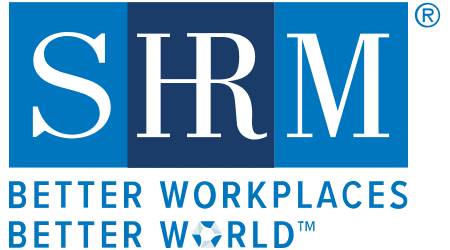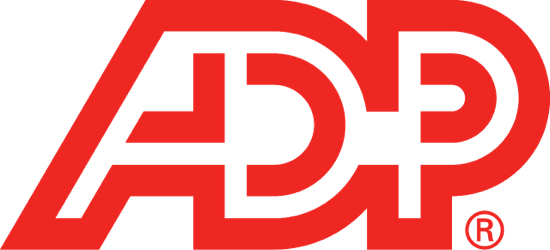Your total human resources partner.
Managing employee information and data too time consuming?
Streamline your HR.
Have peace of mind knowing your human resources processes, policies, and systems are effective and in compliance. Simco can improve your processes while reducing administrative costs. Outsource various elements of your HR function to maximize efficiency while minimizing risk.
Ready to be effective & compliant with HR?
Want to reduce your exposure, risk, and internal HR administrative costs?
We offer a wide range of HR services.
Annual Business Assessment
Background Checks and Drug Testing
Compliance Calendar
Employee Assistance Program
Employee Onboarding & Offboarding
Form I-9 Compliance
Employee Handbooks
Investigations
Job Descriptions and Job Postings
Learning Management System (LMS)
Policy Development
Recordkeeping Review
Recruiting and Retention
Recruiting Strategy Assistance
Strategic HR Planning
Sexual Harassment Training
HR Support
We provide a way to reduce your risk and maintain compliance while decreasing your frustration and worry. Our cost-effective HR services allow you to reduce the overhead costs of hiring additional HR professionals to your team. We provide HR support to answer questions and proactively inform you on laws and regulations so you can be ready, prepared, and compliant.
Outsourcing your various employment related tasks can be more productive, or perhaps necessary because there’s not enough time in the day, resources, or expertise.
Compliance
With our annual HR Assessments, we can inform you as to how well your business is complying with federal, state, and local laws and regulations. Our assessments consist of a systematic review of your HR policies, procedures, strategic direction, structure, resources and more. We will review your methods of creating and maintaining your employee personnel files, including your I-9’s, to ensure all information captured is in compliance. If it is not, we will provide the assistance and guidance you need to maintain that compliance.
We work to help protect your business, while establishing best practices and discover areas that may need improvement to be legally adequate or effective.
Employee Handbook
It’s important to clearly communicate the relationship and responsibilities of the employee and the employer. Let us work with you to provide a comprehensive handbook that establishes guides that protects the employer from being held liable. We’ll help you determine your expectations, rules and compensation, benefits, HR issues, time off, workers’ compensation, employee performance reviews, discipline and rewards, drug and alcohol policies and more.
Our employee handbooks are attorney reviewed and structured in a way that meets the unique needs of your business.
Sign up for our newsletter.
Why should you work with us?
Learn more about us.
Simco understands the frustrations businesses face having less time and more responsibilities. We are here to help! Each business has unique needs and we tailor our services to help you run more efficiently and effectively as your Total Human Resources Partner.
What sets us apart? Simplicity. Our customers receive one knowledgeable main point of contact, their Business Partner, who is backed by a team of highly qualified specialists. Simco will keep you compliant, proactively keep you informed, and provide services that will elevate your business to the next level. Our ability to collaborate through our verticals of Human Resources, Payroll, Commercial Insurance and Benefits for your company, just with one phone call, is all it takes to ease your mind and allow you to focus more on running your business.
Ready to save time? Have a question?
We have a lot to say about HR
Recent Blog Posts.



Our Services.
From the Blog.


Our Company.
Sign up for our Newsletter.
Designed and Developed by Vessel Digital Marketing







